H-1B Visa Applications Plummet to Four-Year Low
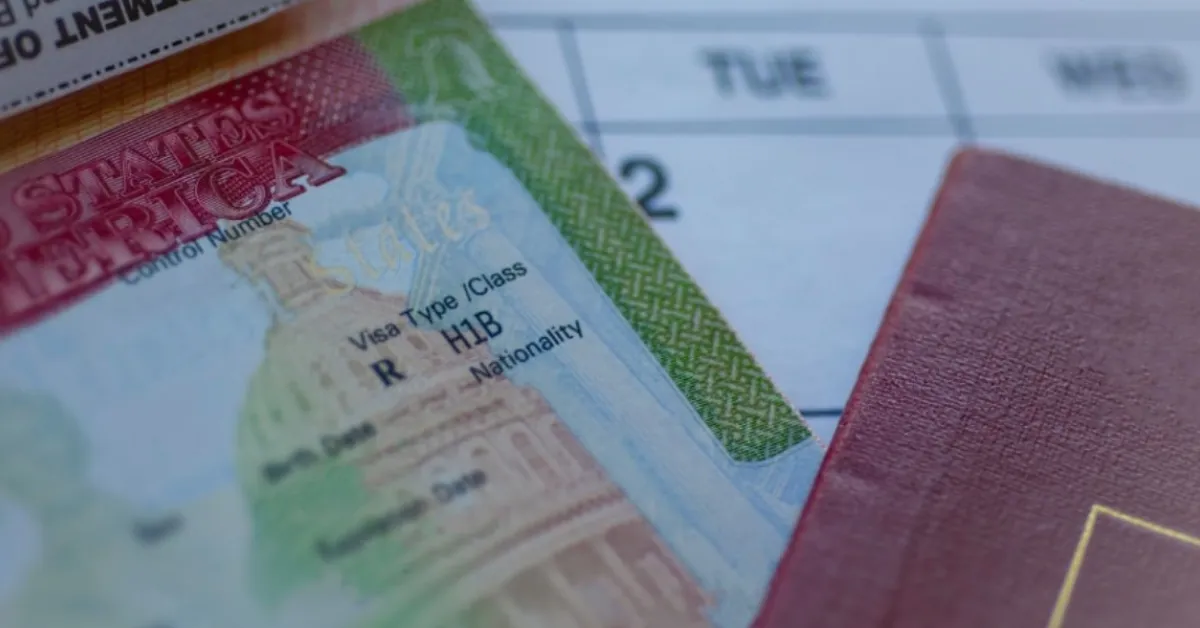
Applications for the H-1B visa, a critical pathway for skilled foreign workers to enter the United States, have reached their lowest level in four years for the upcoming 2026 fiscal year.
According to data released by US Citizenship and Immigration Services (USCIS), the agency received 358,737 applications, a significant decrease from the 480,000 submissions recorded for FY2025. This figure represents the lowest application volume since FY2022, when 308,613 applications were filed. Despite this decline, the demand for the H-1B visa continues to substantially outstrip the available supply. USCIS has selected only 120,141 registrations to proceed in the lottery process.
The program's annual cap remains fixed at 85,000 visas, with 20,000 specifically reserved for applicants holding advanced degrees from US institutions. The decrease in applications comes amid a confluence of factors, including changes in US immigration policies, shifts in application processes, and broader economic trends, particularly within the technology sector. One of the most significant changes in the H-1B application cycle for FY2026 is the implementation of a beneficiary-centric approach.
Previously, multiple employers could submit entries for the same candidate, inflating the overall application numbers. Under the new system, each individual is counted only once, regardless of how many employers sponsor their application. The impact of this structural change is evident in the data. The number of eligible registrations dropped from 470,342 in FY2025 to 343,981 this year, a clear indication of the effect of counting each applicant only once. Similarly, the number of unique beneficiaries decreased from 442,000 to 339,000, reflecting fewer individuals vying for the same pool of visas.
The number of multiple registrations saw a particularly sharp decline, falling from 47,314 in FY2025 to just 7,828 this year. In contrast, the number of participating employers remained relatively stable at approximately 57,600. Immigration experts suggest that the reduction in multiple entries is not necessarily indicative of diminished interest in the H-1B program but rather a correction of previous inflated numbers. Varun Singh, managing director of XIPHIAS Immigration, notes that the surge in applications in previous years raised concerns about potential lottery manipulation. He argues that the new system provides a more transparent and fair assessment of actual demand.
The decrease in H-1B registrations also coincides with broader changes in US immigration policy. Increased scrutiny of visa compliance and the reintroduction of the "Catch-and-Revoke" provision, which cancels visas for individuals found violating US laws, have created a more stringent regulatory environment. Furthermore, the cost of applying for an H-1B visa has increased. In January 2025, USCIS raised the H-1B registration fee from $10 to $215, a move that has disproportionately affected startups and smaller firms. Mamta Shekhawat, founder of Gradding.com, notes that this fee hike represents a significant financial burden for companies operating on thin margins, leading them to prioritise applications for only the most critical positions.
Beyond policy changes, broader economic trends, particularly within the technology sector, have also influenced the visa landscape. Tech layoffs have surged since 2024, with over 260,000 jobs slashed globally. In the first five months of 2025 alone, 52,000 professionals across 123 companies have been affected, dampening hiring enthusiasm. The situation has deteriorated further in recent weeks. April saw the elimination of 23,468 positions across 19 firms, including major cuts at Intel, which plans to reduce its workforce by 20 percent. Major US tech firms like Meta and Google have also announced layoffs, with Google eliminating hundreds of positions within its platforms and devices division.
While the number of H-1B registrations has declined from the highs of FY2024, when applications soared to nearly 781,000, the demand for the visa remains robust. Even with tightened controls, the volume of eligible applications far exceeds the available quota, with 343,981 applicants competing for just 85,000 visas.
According to Singh, the new selection process may ultimately benefit both employers and workers by curbing excessive multiple registrations and bringing much-needed transparency to the system. He believes that this reform helps ensure that visas go to legitimate applicants rather than those attempting to game the lottery.



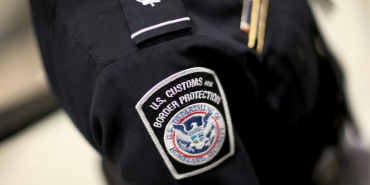

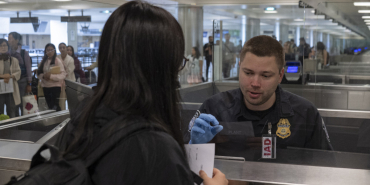
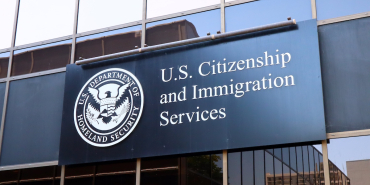
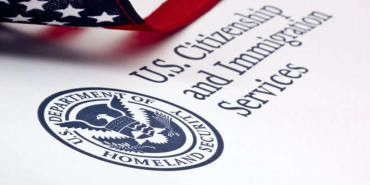
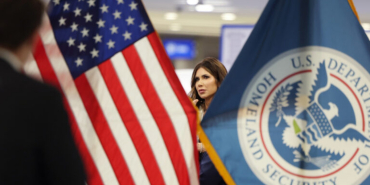
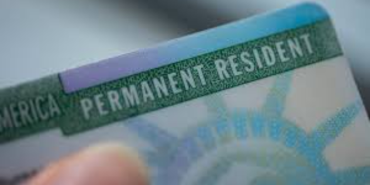

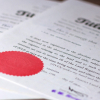


Add new comment